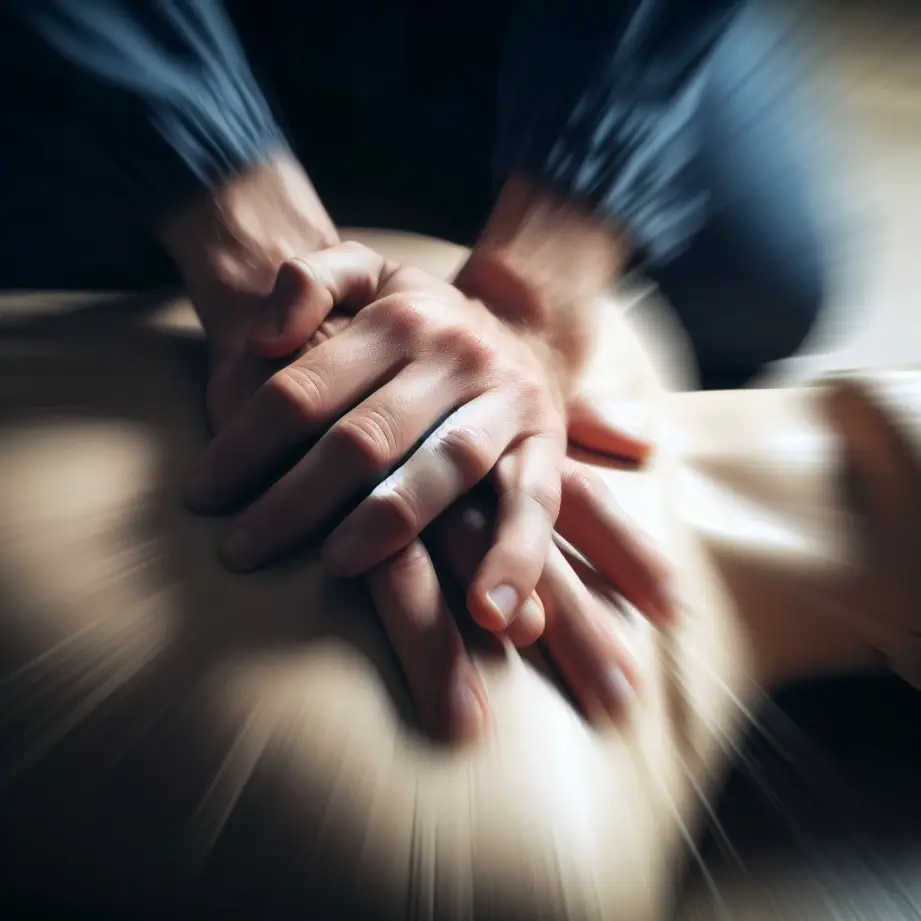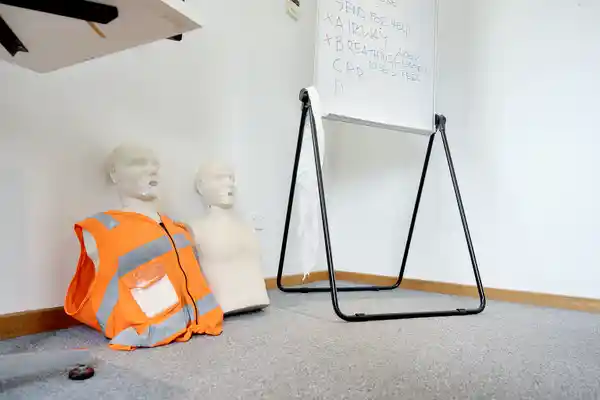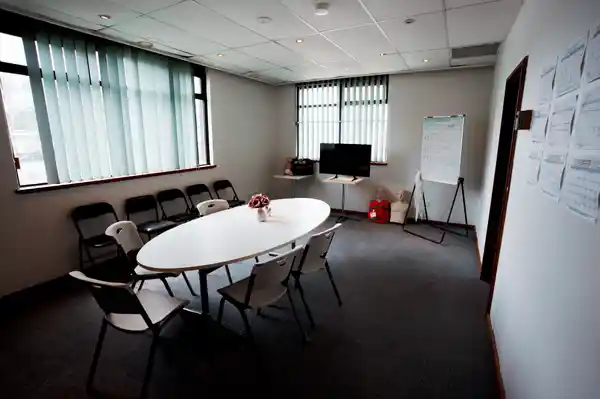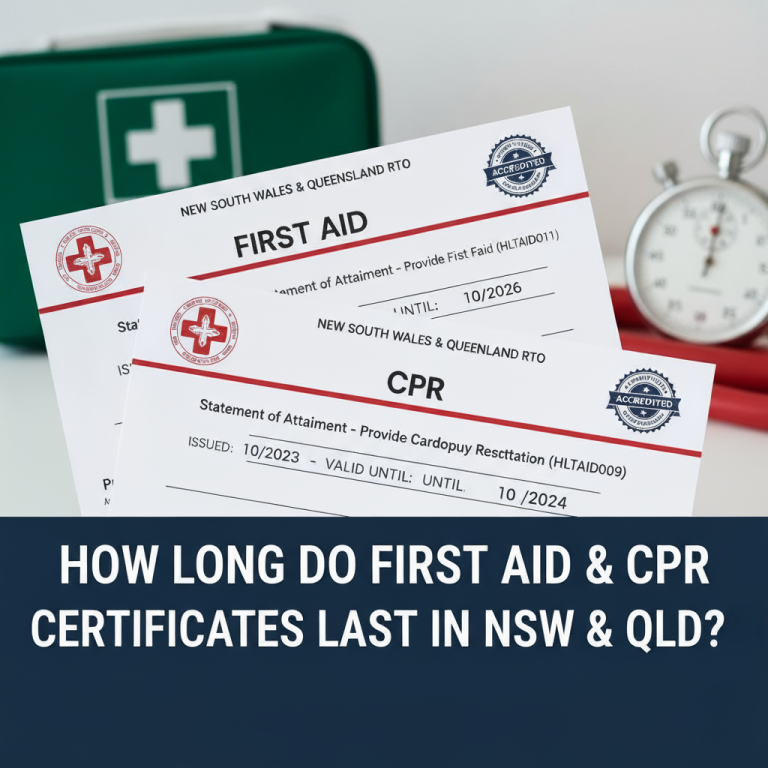Training and Assessment Delivered on Behalf of Allens Training Pty Ltd RTO 90909
How to Pass a First Aid Course

A reason many people hesitate to do a first aid course is because they are worried it will be too hard and they won’t pass. Are you thinking of taking one? How do you pass a first aid course? You pass a first aid course by watching online videos and answering some easy questions. Then you practice and demonstrate hands on skills.
First aid courses are designed for everyday people like you and me, not medical professionals. The goal is to equip you with the skills and knowledge to manage and improve the situation until professional help arrives. With a focus on practical, hands-on learning, most participants successfully complete the course and gain their certification.
What it covers
After you’ve signed up to a Wollongong first aid course the first step you can take is to complete the online pre-course training. These resources allow you to learn at your own pace and teach you some underlying knowledge as well as what you’ll need to do.
As you complete each section of the course, there are multiple choice questions you’ll need to answer to prove your knowledge. Don’t be too stressed by them, if you get questions wrong, you’ll have the opportunity to rewatch videos and re-answer the questions. Take the time you need to grow your knowledge and get confident.
During the course, you’ll have the opportunity to demonstrate your skills through simulated scenarios. Don’t worry if you make a mistake; the instructors are there to guide you and provide feedback.
You’ll have multiple chances to practice and get things right. The most physically demanding aspect is typically the 2-minute CPR demonstration on an adult manikin. It can be tough to push hard enough, but your instructors will help you get the right technique.

In addition to CPR, you’ll learn and practice a range of other first aid skills, such as:
- Completing a first aid incident report form based on a simulated scenario
- Performing CPR on an infant
- Managing a casualty with anaphylaxis
- Managing a casualty with asthma
- Managing a choking casualty
- Managing a casualty with non-life-threatening bleeding and shock, requiring minor wound cleaning
- Managing a casualty with a nosebleed
- Managing a casualty with a fracture and dislocation
- Managing a casualty with a sprain and strain
- Managing a casualty with envenomation (snake or funnel-web spider bite)
Remember, the course is designed to be accessible and achievable for the average person. The instructors are there to support your learning and ensure you feel confident in your abilities.
Common Mistakes to Avoid During First Aid Courses

While first aid courses are designed to be straightforward and easy to follow, there are some common mistakes that participants make during the practical demonstrations. Being aware of these mistakes can help you avoid them and perform the techniques correctly:
- Not pinching the nose when giving rescue breaths for CPR: When performing rescue breaths, it’s essential to pinch the casualty’s nose to prevent air from escaping through the nostrils. This ensures that the breaths are effective and reach the lungs.
- Digging into the neck when tilting the head back: When opening the airway for CPR or the recovery position, be gentle when tilting the head back. Avoid applying excessive pressure or digging your fingers into the casualty’s neck, as this can cause discomfort or even injury.
- Stabbing someone with an EpiPen: When administering an EpiPen for anaphylaxis, there’s no need to stab the person from a distance. Instead, hold the EpiPen close to the outer thigh and push it firmly against the skin. Stabbing from a distance is inaccurate and potentially unsafe.
- Forgetting to check for breathing with the “look, listen, and feel” test: Before beginning CPR, always perform the “look, listen, and feel” test to check for breathing. This involves looking for chest movement, listening for breath sounds, and feeling for air on your cheek.
By being mindful of these common mistakes and practicing the techniques correctly during the course, you’ll be well-prepared to handle real-life emergencies with confidence.
Tips for Success in Your Wollongong First Aid Course

- Come prepared: Ensure you have comfortable clothing and shoes suitable for practical demonstrations. Bring a notepad and pen to jot down important information, and don’t forget to hydrate and eat a light meal before the course.
- Engage with the content: Actively participate in discussions and ask questions when you need clarification. The instructors are there to help you learn, so don’t hesitate to seek guidance if you’re unsure about anything.
- Practice, practice, practice: Take advantage of the opportunities to practice skills during the course. The more you practice, the more confident and proficient you’ll become. If you feel like you need extra time on a particular skill, let your instructor know.
- Focus on the basics: While there’s a lot of information covered in a first aid course, focus on mastering the essential life-saving skills such as CPR, using an AED, and managing choking, anaphylaxis, and major bleeding.
- Revisit the material post-course: After completing the course, take some time to review the key concepts and techniques. Many training providers offer online resources and refresher materials to help you retain your knowledge and skills over time.
Get First Aid Ready
First aid courses are valuable investments in your personal safety and the well-being of those around you. By choosing a reputable training provider like Accidental Health and Safety for your Wollongong first aid course, you can be confident that you’re receiving high-quality instruction and support.
Remember, passing a first aid course is not about perfection; it’s about gaining the skills and confidence to make a difference when someone needs help. With the right preparation, mindset, and guidance from experienced instructors, you’ll be well-equipped to handle emergency situations and potentially save a life.
So, whether you’re a parent, caregiver, employee, or simply someone who wants to be prepared for the unexpected, enrolling in a first aid course is a smart choice. Take the first step towards becoming a confident and capable first aider by signing up for a Wollongong first aid course today.


